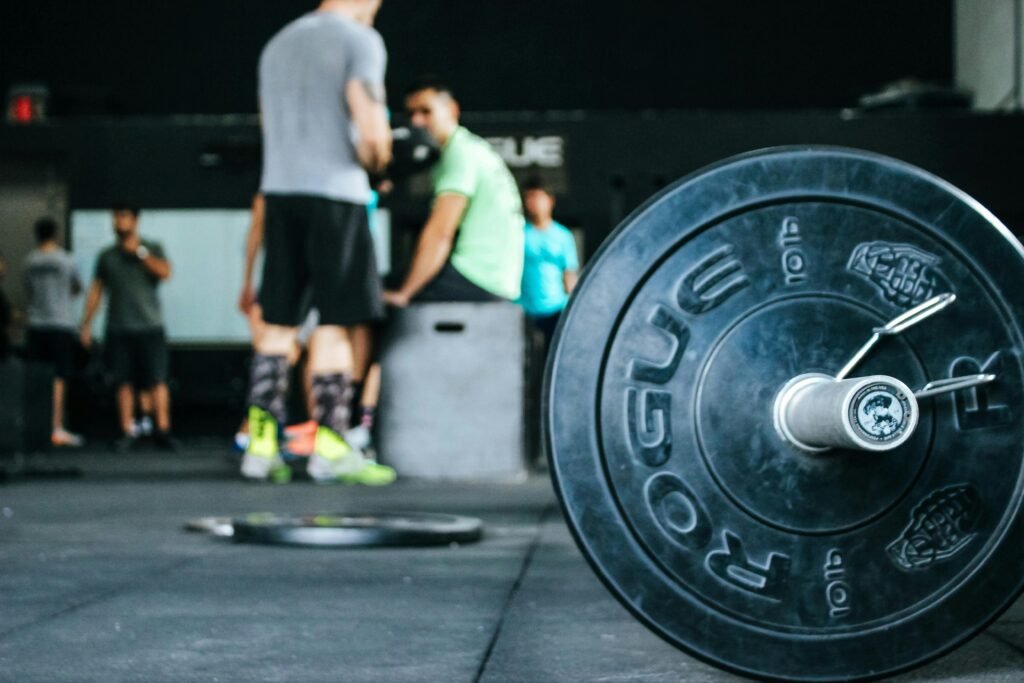
What is Periodization?
Periodization is a systematic approach to training that involves organizing and dividing training cycles into distinct phases, each designed to achieve specific goals and objectives. Originating in the field of sports science, periodization aims to enhance athletic performance by optimizing training loads and recovery periods over time. This method has evolved into a fundamental concept for coaches and athletes alike, providing a structured framework that allows for systematic progression and adaptation.
There are several types of periodization methodologies, each with its distinct characteristics and advantages. The most common types include linear, non-linear, and daily undulating periodization. Linear periodization is characterized by a gradual increase in training intensity and volume over time, leading to peak performance at a predetermined time, such as a competition. This type of periodization is particularly effective for athletes who are new to structured training, as it allows for straightforward progression and adaptation.
In contrast, non-linear periodization offers a more flexible approach, where training intensity, volume, and type can change frequently—sometimes even on a daily basis. This adaptability allows athletes to respond to their individual recovery rates and performance needs more effectively, making it beneficial for experienced athletes who may require varied stimuli to continue progressing. Daily undulating periodization, a subtype of non-linear, further underscores this variability by alternating intensity and volume from day to day, facilitating enhanced training responses and minimizing the risk of overtraining.
Each method of periodization brings unique advantages that can influence an athlete’s training outcomes. By incorporating different periodization strategies, athletes can strategically navigate their training cycles, maximize performance, and reduce the likelihood of injury. Understanding these distinctions and applying them thoughtfully can lead to improved results in various sports disciplines.
The Importance of Periodization for Athletes
Periodization refers to the systematic planning of athletic training, which plays a crucial role in optimizing performance and enhancing overall athletic capabilities. The fundamental goal of periodization is to manage training loads and recovery times strategically, enabling athletes to peak at the right moments during competition. By segmenting the training program into distinct phases, athletes can focus on specific goals, such as building strength, developing endurance, or honing sport-specific skills, ultimately leading to improved performance in competitive events.
One of the significant benefits of periodization is its ability to reduce the risk of injuries among athletes. Studies have shown that inappropriate training loads can lead to overtraining syndrome, which increases the chances of injuries. For instance, a research study published in the “Journal of Sports Medicine” reveals that athletes who followed a well-structured periodized program had a significantly lower incidence of overuse injuries compared to those who adhered to a non-periodized training approach. This highlights the importance of gradually increasing intensity and allowing sufficient recovery periods to avoid fatigue and injury.
Moreover, recovery is an integral component of athletic training, and periodization ensures that athletes recover adequately between intensive training sessions. Structured recovery allows the body to repair, rebuild, and adapt, leading to improved performance over time. Expert opinions support this, emphasizing that recovery strategies embedded within periodized training can enhance athletic performance and readiness for competition.
Incorporating periodization into an athlete’s training regimen equips them with a strategic framework that not only promotes peak performance but also fosters long-term athletic development. When athletes cycle through different training modalities and volumes, they become more resilient and better prepared for the challenges of competition. Overall, the significance of periodization cannot be overstated, as it is essential for achieving success while minimizing potential setbacks associated with athletic training.
How to Implement Periodization into Training Programs
Implementing periodization into training programs involves a systematic approach that enhances an athlete’s performance optimally over time. The primary step is to determine the athlete’s specific goals, which may vary from improving endurance to increasing strength. Understanding these objectives is essential in configuring a tailored periodized training plan.
Once the goals are identified, the next crucial aspect is to define the duration of each training phase. A traditional periodization model often consists of three main phases: the preparatory phase, the competitive phase, and the transition phase. The preparatory phase focuses on building a solid base of strength and endurance, while the competitive phase hones in on specific skills and peak performance. The transition phase allows for recovery and mental reset. Each of these phases can last from several weeks to months, depending on the sport and the athlete’s level.
Adjusting training intensity and volume accordingly throughout different cycles is vital. For instance, during the preparatory phase, athletes may focus on higher volume and lower intensity training, whereas, as they transition into the competitive phase, a reverse approach is often adopted. This adjustment helps ensure that athletes peak at the right moment, minimizing the risk of overtraining and injury.
Monitoring progress is another integral element of effective periodization. Utilizing training logs, apps, or performance tracking software can assist athletes and coaches in evaluating training outcomes and making necessary adjustments. These tools provide insights into the athlete’s workload, fatigue levels, and overall performance, ensuring that training remains aligned with their objectives.
Overall, implementing periodization requires a structured approach that considers an athlete’s goals, adjusts intensity and volume throughout the training cycles, and includes tools to track progress effectively. By adhering to these guidelines, athletes can maximize their performance potential in a sustainable manner.
Real-Life Examples of Periodization in Action
Periodization, a cornerstone of effective athletic training, can significantly influence performance outcomes across various sports. Many successful athletes and teams have utilized structured periodization models to optimize their training regimens. For instance, elite track and field athletes frequently implement a linear periodization model, gradually increasing the intensity of workouts leading up to competition season. This model allows athletes to build strength and power while maintaining sufficient recovery, thus peaking at the right moment for significant competitions such as the Olympics or World Championships.
In the realm of team sports, soccer teams often adopt a non-linear or undulating periodization approach. This method allows coaches to vary the intensity and volume of training sessions weekly, catering to the teams’ dynamic match schedules and minimizing the risk of injury. For example, during a demanding week with multiple games, the training may focus on recovery and skill refinement, whereas lighter weeks can emphasize tactical drills and strength training. The flexibility inherent in this model ensures that players remain in optimal condition throughout the season.
Another compelling instance of periodization in action can be observed in the world of weightlifting, particularly in preparation for major competitions. Athletes might follow a block periodization model, breaking down training into specific blocks focusing on hypertrophy, strength, and power. Each phase is meticulously crafted to transition seamlessly to the next, ultimately culminating in peak performance during competition. Notable weightlifters have demonstrated the efficacy of this method, consistently achieving personal bests during significant events owing to well-structured training cycles.
These real-life examples illustrate the diverse applications of periodization tailored to individual sports. Athletes who embrace periodization are more likely to experience improved performance, increased resilience to fatigue, and a robust ability to peak effectively for competitions. The integration of structured phase training is pivotal not just for competitive success but also for longevity in an athlete’s career.
If you found this post to be helpful, then you may be interested in the rest of our blog page here.
At Gear Affiliate, we always want to give our readers more resources to research. Below are a few sources that we have found to be helpful relating to this topic.


